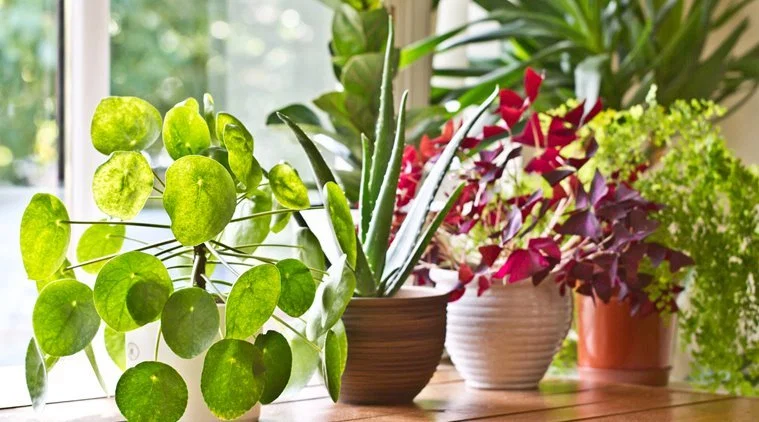Mom Anindita shares with us the continuation of her journey and how she dealt with a disease that changed her family life. The first part can be read here.Â
In my last article I had written about how we started dealing with our daughter’s eczema (or specifically Atopic Dermatitis) and our experience with Erythroderma ​and its consequences. This was the first time we dealt with strong medications like oral steroids (Prednisone) ​as well as immuno suppressive medication Cyclosporine​. For the next ten months or so till April 2013, the eczema was just about kept under control due to Cyclosporine and oral steroids. But given the fact that these medicines have strong side effects (a major side effect of Cyclosporine is on the kidney functions) her doctors were continuously evaluating other options.
One of the alternative treatment that we decided to try out was Narrow band UVB (Ultraviolet band) therapy​.
Phototherapy treatment or Narrow band UVB
Phototherapy is a type of treatment for adults and children with moderate to severe atopic dermatitis (also used for psoriasis) who have not responded well to other front line eczema treatments. It had been used as a treatment most effectively for another skin condition called psoriasis and has also been used to manage eczema in some cases. This treatment works by exposing the skin to a very narrow band of UV light which suppresses an over active skin immune system that cause inflammation and hence may help to control itching and rashes.
Aiyana was put in a chamber filled with special tubelights emanating ultraviolet rays within a specific range for a brief, specified period of time 3 times a week. However, since the chamber can feel very claustrophobic due to its size, one of us was allowed to accompany her after taking due precautions. Nowadays due to the advancement in medical technology, handheld UVB machines are available for those who need treatment for specific areas on their body.
This treatment was continued till end March 2013 by which time all other medications (oral steroids and Cyclosporine) had been discontinued for a month already. Unfortunately, we soon realised that this treatment had not really worked for her when her eczema came back with full force in mid April.
Allergies and Gluten free diet
One other thing I tried out that year was a gluten free diet for my daughter. This was due to the fact that we had gotten her allergy test or IgE test done that year in June 2012. The IgE test or Immunoglobulin test​measures the level of a particular type of antibodies in the body. Antibodies are produced by the immune system to counteract the effect or existence of an allergen or a particular substance like dust mites; foods like dairy, eggs, nuts; pollen etc.
Her IgE levels were overall very high indicating a high level of antibodies in her system due to an over active immune system. The tests showed that her body was reacting to the usual suspects like dairy, nuts, eggs, dust mites and even to other foods like wheat, sesame etc. By that time I was willing to try out whatever possible to bring her eczema under control and hence I made drastic dietary changes and cut out gluten, dairy etc from her diet.These are foods that have typically proven to be an issue with most people with allergies and chronic conditions.
In hindsight, though I now realise that I did not have enough information about all the necessary changes that were actually required to be made in her diet to control her chronic medical condition. After a lot of reading and a lot of research as a parent, today I know that there were many more foods which should have been added to her diet in addition to what had to be eliminated from her diet. Also today, there are many more varieties of foods available as well as healthier and better alternatives.
Special dietary needs in our country was unheard of at that time (awareness has grown over the past few years) and hence products and resources were difficult to obtain. I did manage to find out and source our traditional and naturally gluten free foods like jowar (sorghum), bajra and nachni (millets) and corn among others apart from our staple foods like rice. The other products that we are are so used to having nowadays like breads, pizzas and other such bakery items were much more difficult to obtain. I managed to source gluten free products from 2 brands like Orgran and Schar, though again today there are far more options available.
However, in spite of making all these dietary changes her skin condition did not improve on it’s own and was managed solely through her strong medications.
Treatments and medicines
While Phototherapy treatment continued, oral steroids was stopped completely in December 2012 and Cyclosporine was stopped in February 2013. Her skin was overall in a good condition till the time that these medications were being given to her. Phototherapy treatment was continued as the solo treatment for her till end March 2013 but did not prove to be very effective for Aiyana and her skin condition started relapsing once again in mid April. Within a few days her skin became extremely dry, scaly and itchy and we could not control the deterioration with any amount of topical applications and moisturizers. She had to be once again put on oral steroids from mid April to stop it from deteriorating any further.
We looked forward to the fact that we had planned to show her to a renowned pediatric dermatologist in The Great Ormond Street Hospital for Children in London that summer. Eczema is very common in UK and the doctors there have much more experience in dealing with severe cases of eczema than in our country. Aiyana’s doctors here fully supported our decision and we all hoped to figure out a better way of managing her eczema. But little did we know that worse was yet to come later that year.
Counting our blessings
We have lived through and survived a parent’s nightmare of almost losing a child. I count my blessings almost everyday ever since to have been given a second chance to love and cherish my complete family. So many others are not as lucky. As a family we continue to deal with our situation on a daily basis and we have our good days and not so good days. We also learned some very valuable lessons that year the hard way that I will be sharing with you in the third and final part of our story.


















